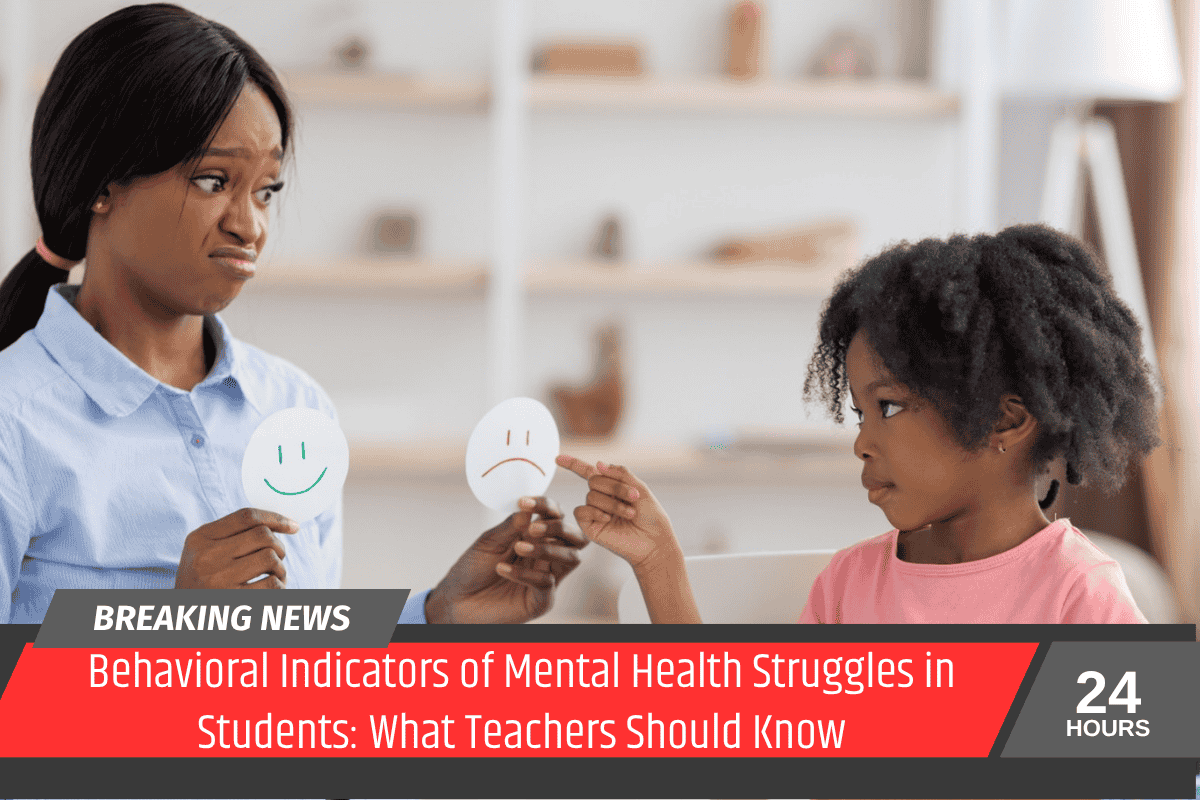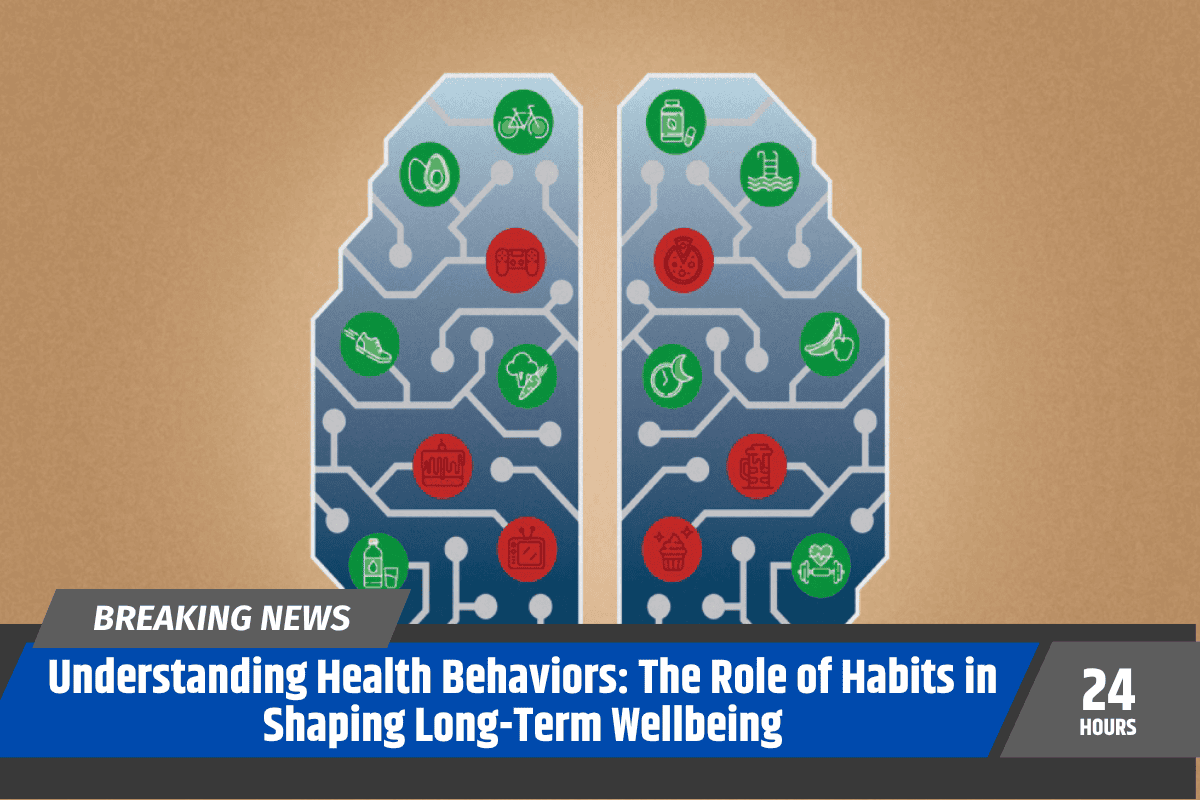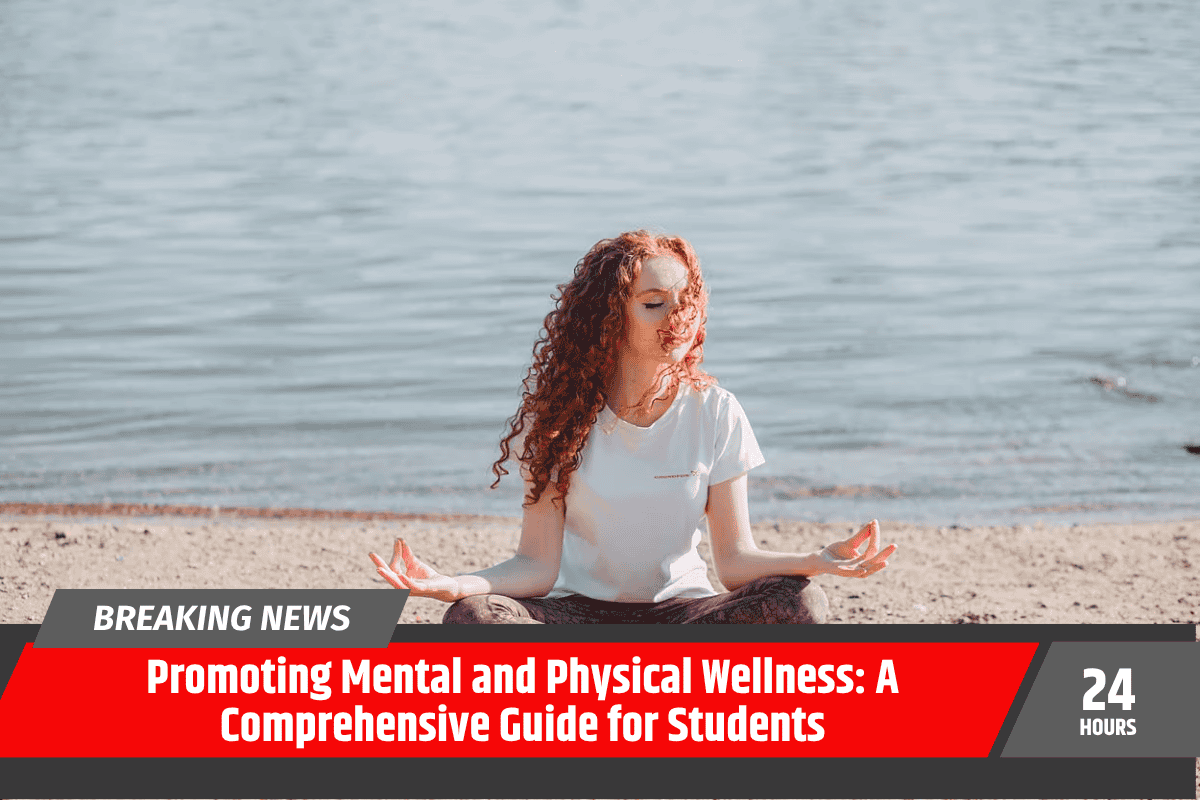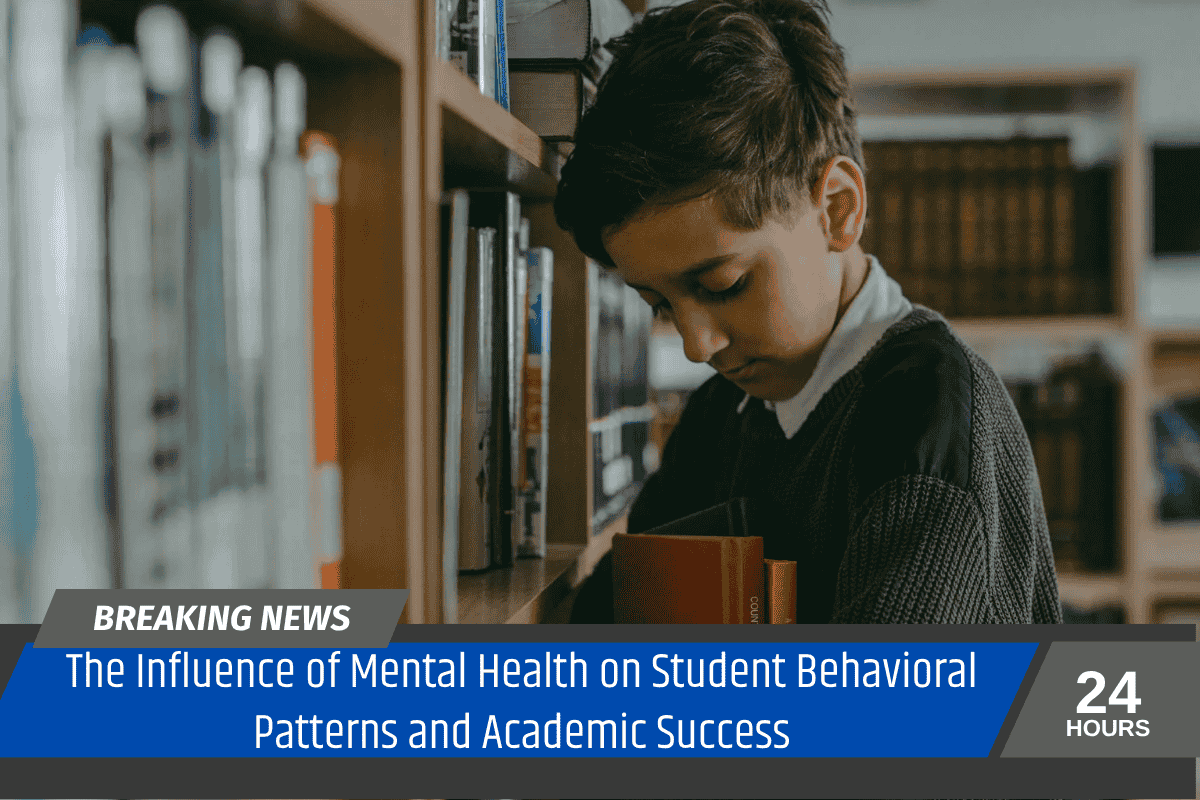As teachers, it is essential to not only focus on academic growth but also to be aware of the emotional and mental well-being of students. Mental health struggles are becoming more common among students, and teachers play a crucial role in identifying early signs of these issues.
Recognizing behavioral indicators of mental health struggles can help in providing timely support, which can make a significant difference in a student’s life.
Understanding Mental Health Struggles in Students
Mental health issues in students can manifest in various ways, and sometimes, they might not be immediately obvious. Adolescents, in particular, can experience changes in their mental health due to a range of factors, including academic pressure, social issues, and even family problems.
The most challenging part is that mental health struggles often don’t come with clear physical signs, making it more difficult for teachers to spot them. However, there are several behavioral indicators that can help teachers identify students who may be facing mental health challenges.
Common Behavioral Indicators of Mental Health Struggles
- Changes in Academic Performance
One of the most noticeable signs of mental health issues in students is a sudden drop in academic performance. A student who previously performed well may suddenly struggle with completing assignments or concentrating in class. This drop in academic performance can be a direct result of stress, anxiety, or depression.
Teachers should be alert to these changes and consider the possibility of underlying mental health struggles, especially if the student had previously shown strong academic abilities.
- Withdrawal and Isolation
Students who are experiencing mental health issues may begin to withdraw from social interactions. They may isolate themselves from their peers, avoid group activities, or seem disconnected in class discussions.
This withdrawal can be an indicator of depression, anxiety, or other mental health concerns. Teachers should pay attention to students who suddenly prefer to be alone or display signs of loneliness.
- Unexplained Physical Complaints
Many students with mental health struggles tend to report physical symptoms like headaches, stomachaches, or fatigue, which do not have a clear medical cause. These complaints are often linked to stress, anxiety, or emotional strain.
If a student regularly reports physical discomfort, it may be a sign of mental health issues. Teachers should take note of such complaints, particularly if the student seems unable to explain them.
- Extreme Mood Changes
Rapid or extreme shifts in mood can be a sign of mental health issues. A student who was once calm and composed might suddenly become overly anxious, angry, or irritable. Similarly, a student who previously displayed energy and enthusiasm may become lethargic, sad, or withdrawn.
These emotional shifts might indicate underlying conditions such as depression or bipolar disorder. Teachers should keep track of such mood swings, as they can significantly affect a student’s performance and interactions in the classroom.
- Changes in Sleep or Appetite
Students struggling with mental health issues may experience significant changes in their sleep patterns or appetite. For example, they may have trouble sleeping or oversleep frequently. Similarly, a student might either eat excessively or lose their appetite altogether.
These changes can be a physical manifestation of mental health issues such as depression, stress, or anxiety. Teachers should observe any noticeable changes in these areas, as they can offer important clues to a student’s well-being.
- Behavioral Outbursts or Disruptions
Sometimes, mental health struggles in students are expressed through disruptive or aggressive behavior in class. This might include outbursts of anger, difficulty following instructions, or defiance.
These behaviors could be signs of underlying emotional issues such as anxiety, trauma, or attention-deficit hyperactivity disorder (ADHD). Teachers should approach these behaviors with empathy, understanding that the student may be dealing with more than just poor behavior.
- Decline in Personal Hygiene or Appearance
A student who once took pride in their appearance may begin to neglect personal hygiene or appear disheveled. This change in appearance could signal a decline in self-care, which is often linked to depression or other mental health issues.
Teachers should be observant if a student’s grooming habits suddenly change, as it could indicate emotional distress.
What Teachers Can Do
Teachers have a unique opportunity to make a significant impact on students’ mental health by being observant and offering support. The first step is to identify the signs early. Once a potential mental health struggle is identified, it’s important to approach the situation with sensitivity and care.
Teachers should encourage open communication with the student and consider referring them to a school counselor or mental health professional for further assessment and assistance.
Creating a supportive classroom environment where students feel safe to express themselves is key to addressing mental health struggles. Encouraging activities that promote mental well-being, like mindfulness exercises or stress-relief techniques, can also help.
Teachers should be aware of school resources available to support students in need, including counseling services and mental health education programs.
Teachers are often the first line of defense when it comes to identifying and addressing mental health struggles in students.
By recognizing the behavioral indicators of mental health issues, such as changes in academic performance, mood swings, social withdrawal, and physical complaints, teachers can provide early intervention and connect students with the resources they need.
Supporting students through mental health challenges not only helps them cope with their struggles but also ensures they have the opportunity to thrive in the classroom and beyond.






